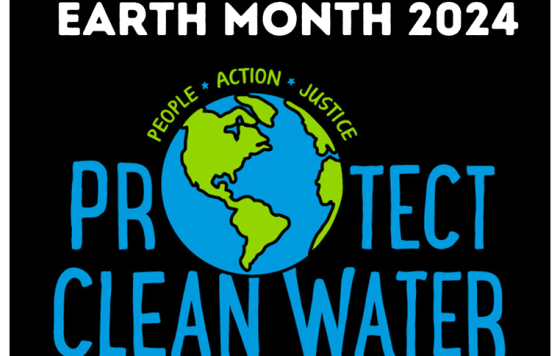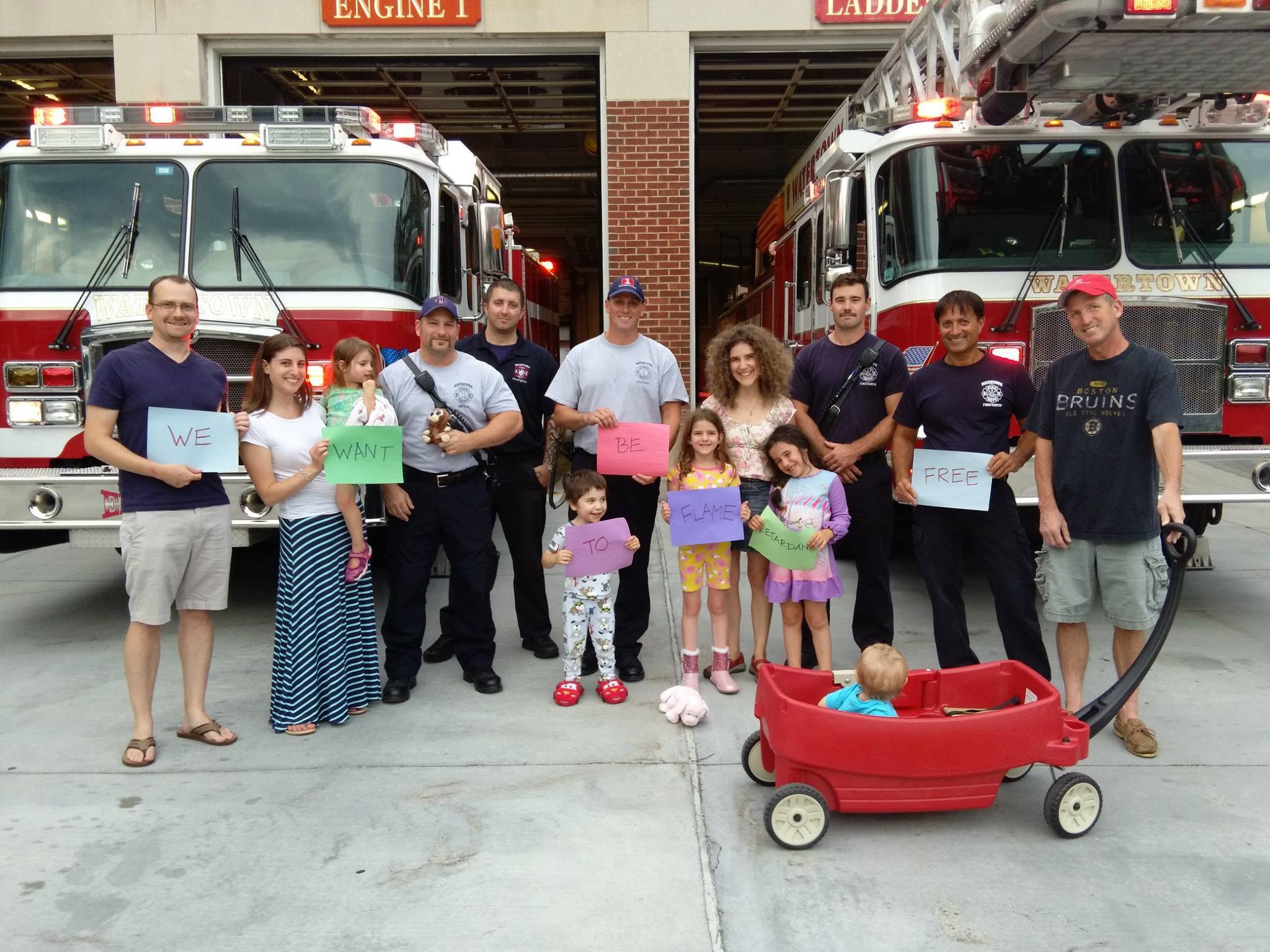
A tragic beginning
The campaign to ban toxic flame retardants in Massachusetts started in January 2013 when Senator Cynthia Stone Creem filed the first version of the bill to ban toxic flame retardants. We knew we needed a strong coalition for it to become law. So when environmental groups and firefighter unions across the country were teaming up to co-host local “Give Toxics the Boot”events in early 2014, we signed up. The events included press conferences with firefighters’ boots lined up on statehouse steps to represent those who died “with their boots off”—from occupational illness—and a screening of the powerful film Toxic Hot Seat.
Clean Water had worked with labor in Massachusetts for many years, but never with the firefighters. When unions and environmental groups work together, trust is not assumed—it must be built. But when united by a common purpose—relationships grow. We all knew that far too many firefighters were dying of cancer and that banning flame retardants was an essential step in righting that wrong. I worked with Ed Kelly of the Professional Fire Fighters of Massachusetts (PFFM), Rich Paris of Boston Firefighters Local 718, and their staff to plan a two-part event. Everything was good to go for the morning of Thursday, March 27th.
Then—on the night of the 26th, a huge fire in Back Bay killed two firefighters. The press conference was cancelled and Ed and Rich spent the night and the next day consoling the families and colleagues of the two young men. Despite the tragedy, PFFM decided to push forward—and on that same evening, a somber group of Alliance for a Healthy Tomorrow (AHT) advocates and firefighters viewed the film and discussed the issue of toxic flame retardants.
In January 2015, PFFM worked with Representative Marjorie Decker—who would become one of the bill’s fiercest champions—to file the House version of the bill. The campaign was underway.
I was honored when Ed invited me to speak at the annual PFFM convention in the summer of 2015. I walked into the back of the auditorium feeling out of place amidst a sea of hundreds of firefighters. At the front of the room was a giant stage with an imposing backdrop of the PFFM logo depicted on top of enormous flames. I soon found myself on the stage, my voice booming over enormous speakers.
Boston takes action
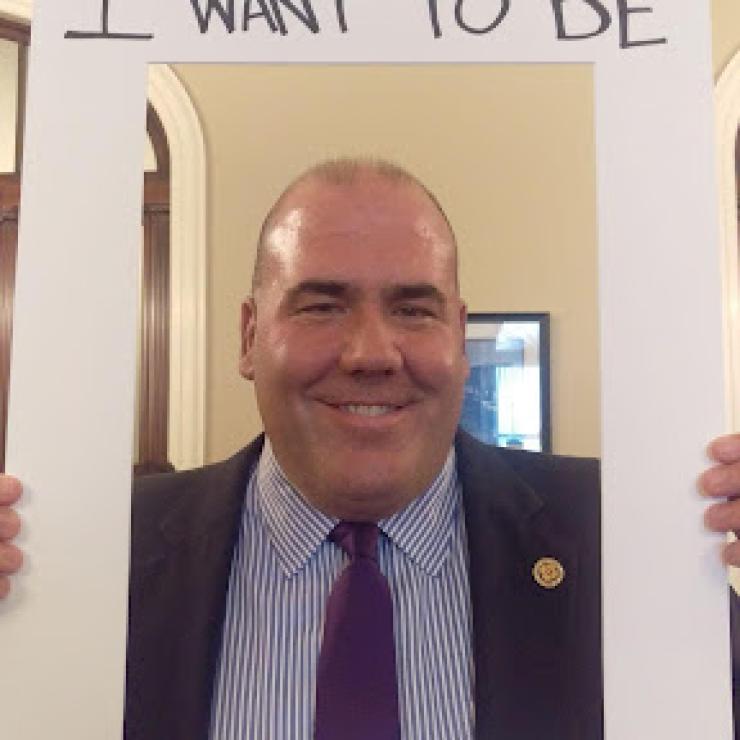
Campaign for a statewide ban—the long haul: With this victory under our belts, PFFM and Clean Water were ready to win at the state level. We testified at hearings, held a briefing for legislators, distributed flyers at the state house, and organized people to contact legislators through door knocking, phone, and email. I called David Abel, environmental reporter for the Boston Globe, and asked him to meet with me and Ed. His curiosity was piqued by our unusual environmentalist-firefighter team and soon, a front-page story appeared—upping the ante.

In July, the formal legislative session was rapidly coming to a close, and we still needed a vote in the House. On the final days of session, Clean Water organized a stand-out of families outside the House chamber. The kids wore their pajamas to invoke the ban on flame retardants in kids pajamas in the 70s. The firefighters were there too. But the bill did not cross the finish line.
In January 2017, Creem and Decker refiled the bill. Again, we campaigned through hearings, letters, constituent organizing, and media. In June 2018, the bill passed the Senate but once again, the end of the formal session ended without a vote in the House. We assumed the bill was dead for the year.
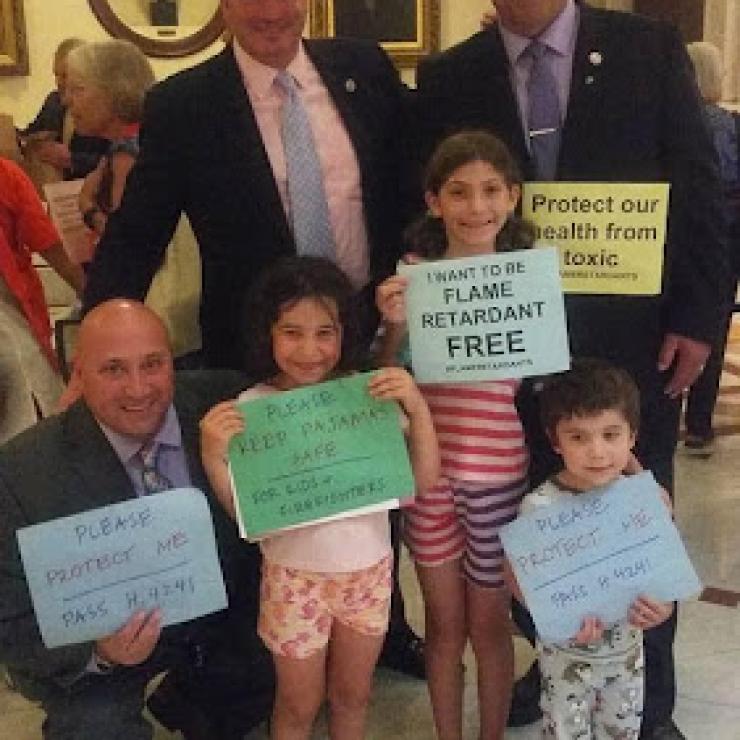
Each house now passed the bill, but they’d passed different versions, so more votes were needed, giving the chemical industry more opportunity to weaken the bill or stop it completely. We spent the weekend writing emails, making calls, and tweeting to drag people back from their holiday fun and urge them to call legislators. On Monday morning, December 31st, Representative Decker, Senator Creem, Rich MacKinnon, President of the PFFM and others on his team, Dierdre Cummings from MASSPIRG, and I converged outside the Senate chamber.
That afternoon the Senate passed the bill again, but still the two versions were different. I returned to the House gallery along with Dierde and Paul Jacques and Craig Hardy from the PFFM, and we waited. And waited. Occasionally Rep. Decker, who was working hard behind the scenes, came in to share updates or reassurance. We took a break to watch fireworks from the Governor’s balcony. Then we waited some more. The House adjourned late in the evening announcing it would come back the next morning—New Year’s Day, and the last possible day to do business in the current session before newly elected legislators were sworn in on January 2nd.
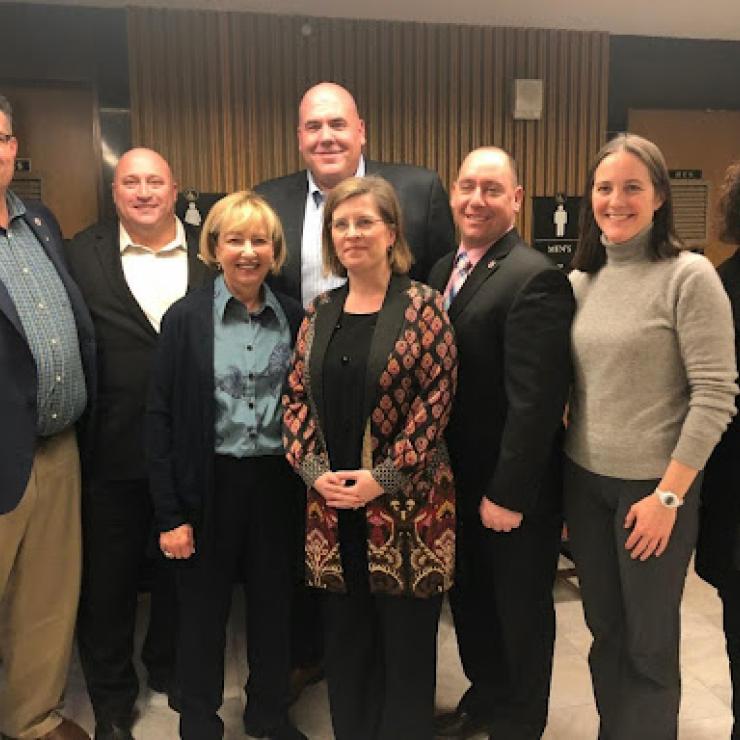
A whirlwind campaign
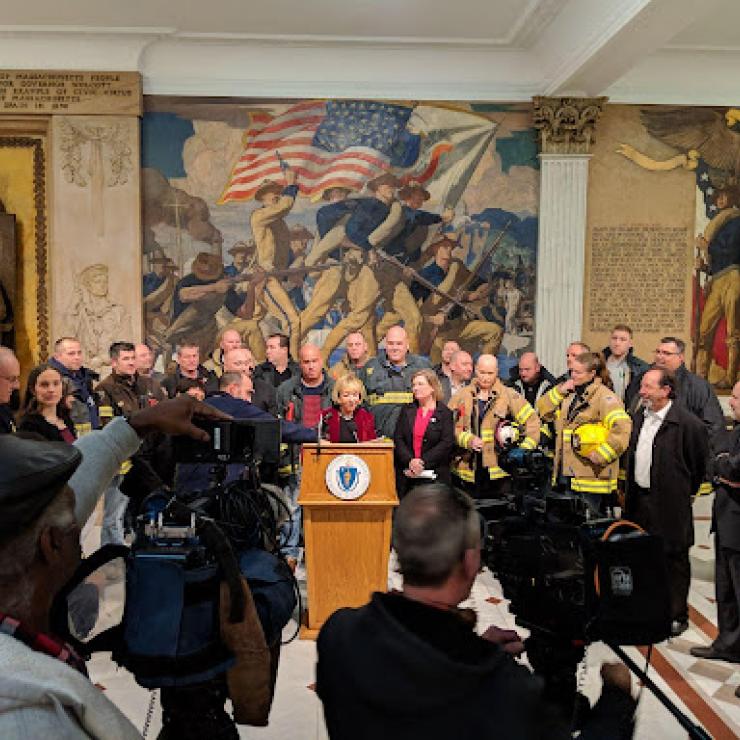
News stories reported that Baker had met with the industry groups opposing the bill but not with supporters so the bill sponsors took to social media to demand a meeting. One evening as I was on my way to another meeting, my phone rang. It was a member of the Governor’s legal team. He had detailed questions about our memo and the bill. I spent 45 minutes standing in the cold explaining point by point. At the end of the call I reiterated our request for a meeting and the next day we found ourselves in the Governor’s office. The legal team asked us question after question, their arguments straight out of the industry playbook.
Governor Baker caves to industry pressure: On the afternoon of January 11th, 2019 the news came: the Governor had vetoed the bill. It’s hard to describe the emotions that followed: furious, heartbroken, exhausted, yet incredibly proud of the campaign we’d run. The Globe printed an angry quote from me about Baker caving to industry pressure. I went home and cried.
Take 3
Now, legislators were mad. The new session was already underway, so six days later, Representative Decker and Senator Creem again filed the bill. The Public Health Committee heard the bill at its first hearing and reported it out immediately. The Senate passed the bill for a third time in fall 2019, before most legislation was even out of committee. It went back to the House. In early 2020, we were getting nervous, but Representative Decker assured us there would be a House vote. We continued to campaign. Then COVID19 hit. The world ground to a halt. We had faith the bill would still be on the agenda when the legislature resumed “regular business” but no one knew when that would be.
Progress when least expected (reprise): On Wednesday, November 4th, the day after the election as the nation waited on edge for votes to be counted, the Ways and Means Committee gave a favorable report to the bill! The House and Senate versions still weren’t identical, and Representative Decker’s Legislative Director asked me for help evaluating the differences between the two bills. I turned off the election news and dove into a detailed line-by-line comparison of the two bills. Utilizing all of the information we’d gained over the past four years—I wrote a detailed memo to the bill sponsors explaining the complex differences between the two bills, how to combine them for the best possible outcome, plans B and C if needed, and outlining our absolute bottom line.
Right before the Thanksgiving break the House passed the bill. But the two versions were still different. The clock was ticking—the bill had to go to the Governor’s desk by December 24th to avoid another veto that could not be overridden, and there was still problematic language that needed to be fixed. At last, on December 23rd, the two houses concurred, the final procedural steps were taken, and again the bill went to the governor’s desk. Even better–the problems that we identified had been fixed! This was the best possible bill we could have hoped for!
Victory!!!
Again, through the Christmas and New Years’ holidays the bill sponsors, PFFM, AHT and Clean Water ran a full court press to get the governor to sign the bill. Calls and emails to the governor’s office, meetings with staff, social media, media outreach. And finally, it happened. On January 1st, 2021, Governor Charlie Baker signed the Children and Families Protection Act into law. Eight years after we began, victory had been won!
We at Clean Water are incredibly grateful for the huge teamwork that went into this. Senator Creem and Representative Decker (the dream team) were determined advocates, skilled at working the complex political nuances. The PFFM fought tirelessly year after year. Clean Water Action’s canvassing teams knocked on thousands of doors and made thousands of calls over the years to get our members to contact their legislators. There are so many people and groups that played huge roles in the effort: MASSPIRG, Silent Spring Institute, MassCOSH, Built Environment+, Resilient Sisterhood Project, Mass Breast Cancer Coalition, Mass Nurses Association, Environmental League of Massachusetts, the Fire Chiefs Association of Massachusetts, out of state partners in the Safer States coalition, the list goes on and on.
This campaign contained all of the highest highs and lowest lows of my career. So many of us poured out our blood, sweat and tears. This is what it takes to win. This is why your partnership and support are so important. Thank you for making this victory possible with your tweets, calls to the State House, and financial contributions. Let’s keep winning victories like this one together!


